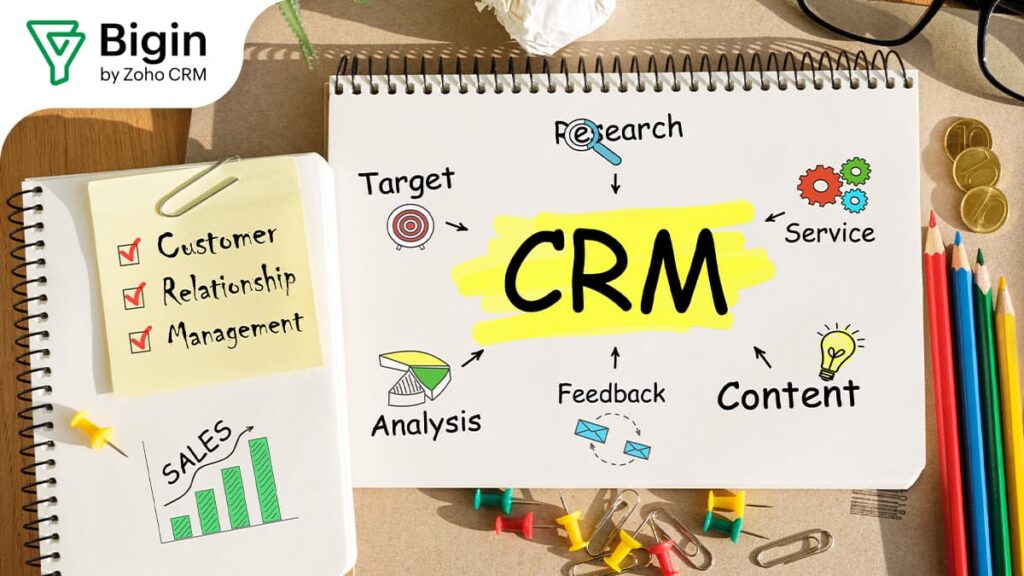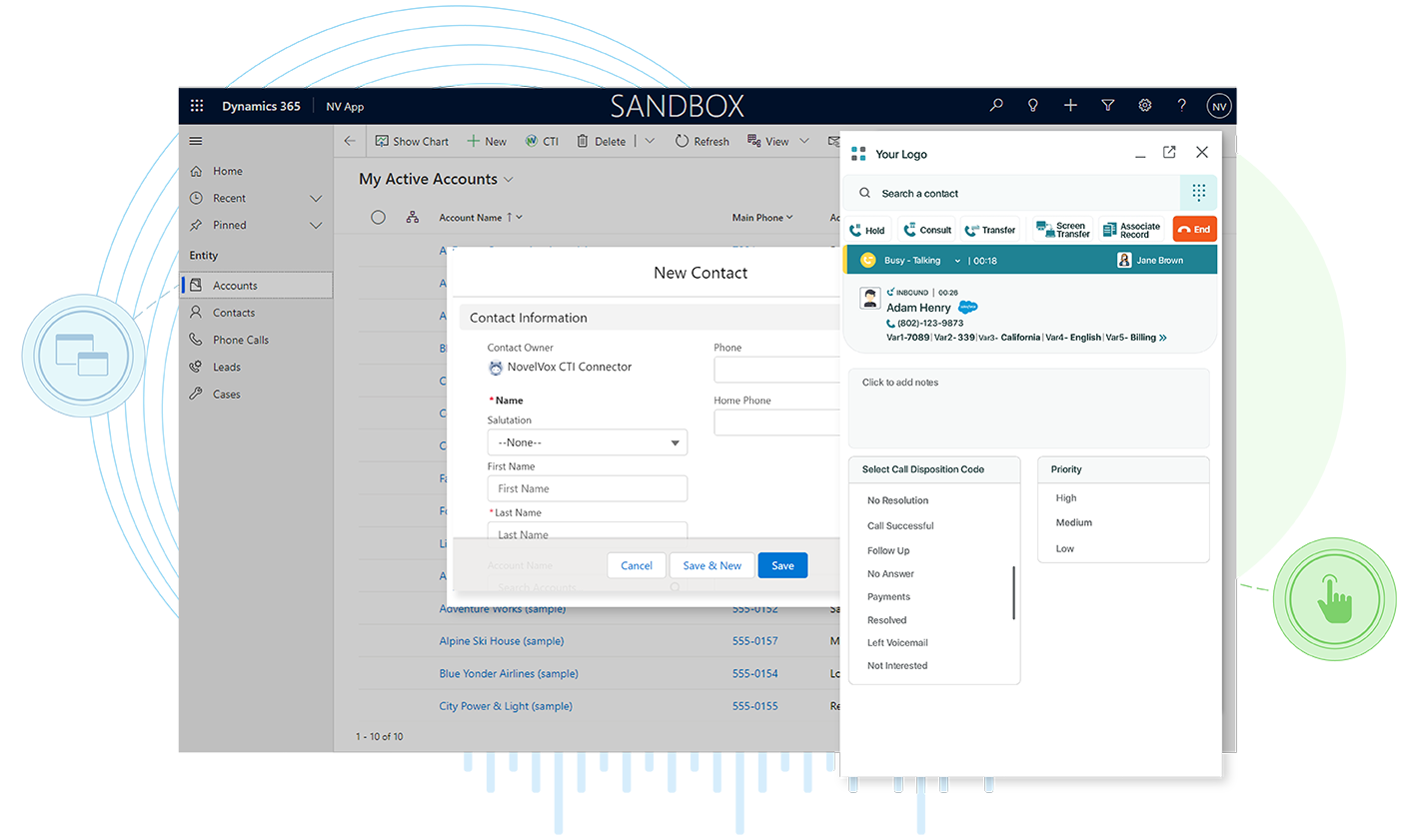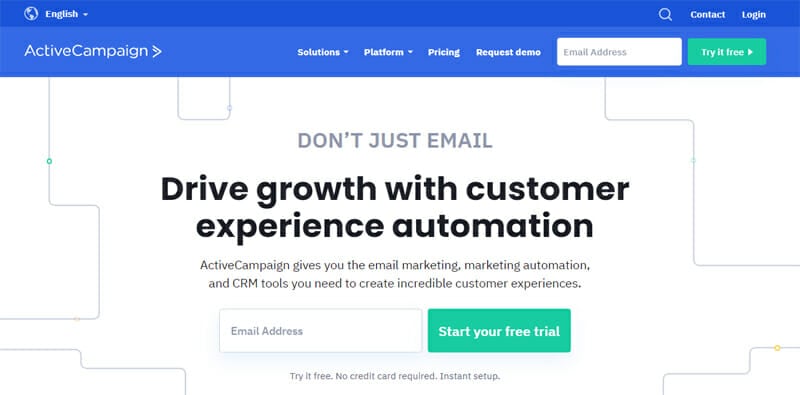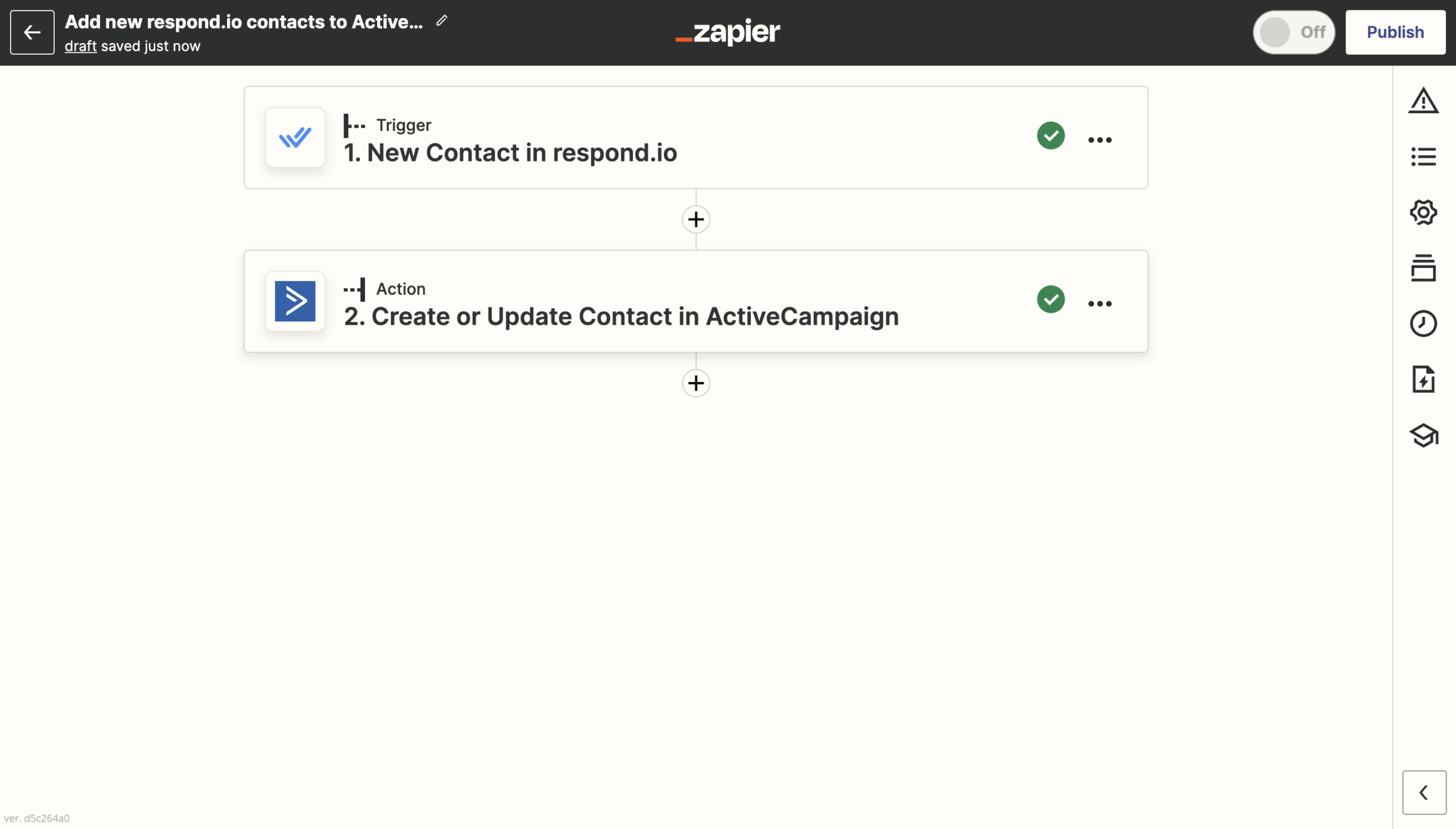Small Business CRM Maintenance in 2025: A Comprehensive Guide to Success

Small Business CRM Maintenance in 2025: A Comprehensive Guide to Success
The year is 2025. Your small business is thriving, fueled by loyal customers and a well-oiled machine of operations. A cornerstone of this success? Your Customer Relationship Management (CRM) system. But, just like any powerful tool, a CRM requires consistent maintenance to remain effective. This comprehensive guide delves into the essential aspects of small business CRM maintenance in 2025, providing you with the knowledge and strategies to keep your CRM running smoothly, your customers happy, and your business growing.
Why CRM Maintenance is Crucial in 2025
In the ever-evolving digital landscape, CRM systems are no longer just about storing customer data. They are the nerve centers of your business, enabling everything from marketing automation and sales pipelines to customer service and data analytics. Neglecting CRM maintenance is like neglecting the engine of your car – eventually, it will break down, leaving you stranded. In 2025, the stakes are even higher. Here’s why diligent CRM maintenance is non-negotiable:
- Data Integrity is Paramount: Clean, accurate data is the lifeblood of any successful CRM. Without it, your marketing campaigns will miss their mark, your sales team will chase the wrong leads, and your customer service will suffer.
- Security Threats are Real: Cyber threats are becoming increasingly sophisticated. Regular maintenance includes security updates and vulnerability assessments to protect sensitive customer data.
- Integration is Key: Businesses rely on a multitude of software solutions. Regular CRM maintenance ensures seamless integration with other critical tools, such as your marketing automation platform, e-commerce platform, and help desk software.
- User Adoption and Productivity: A well-maintained CRM is user-friendly and efficient. This boosts user adoption rates, streamlines workflows, and ultimately, increases productivity across your organization.
- Compliance with Evolving Regulations: Data privacy regulations are constantly changing. CRM maintenance helps you stay compliant with the latest requirements, avoiding hefty fines and protecting your business’s reputation.
Key Areas of CRM Maintenance in 2025
CRM maintenance isn’t a one-size-fits-all approach. It’s a multifaceted process that encompasses several key areas. Let’s break down the crucial components you need to focus on in 2025:
1. Data Quality and Cleansing
Data is the foundation of your CRM. Maintaining data quality is an ongoing process, not a one-time task. Here’s how to keep your data clean and accurate:
- Regular Data Audits: Conduct periodic audits to identify and rectify data errors, inconsistencies, and duplicates. This involves manually reviewing data, utilizing automated tools, and establishing processes for data validation.
- Data Cleansing Tools: Leverage data cleansing tools that automate the process of identifying and correcting errors. These tools can standardize data formats, remove duplicates, and validate addresses and contact information.
- Data Enrichment Services: Consider using data enrichment services to supplement your existing data with valuable information, such as social media profiles, industry data, and company size.
- Data Governance Policies: Establish clear data governance policies that define data ownership, data entry standards, and data access controls. This ensures everyone understands their role in maintaining data quality.
- Training and Education: Provide ongoing training to your team on data entry best practices. This will help prevent errors from entering the system in the first place.
2. Security and Compliance
Protecting customer data is not just a legal requirement; it’s a moral imperative. Security and compliance should be at the forefront of your CRM maintenance strategy.
- Regular Security Audits: Conduct regular security audits to identify vulnerabilities and ensure your CRM system is protected against potential threats.
- Software Updates and Patch Management: Keep your CRM software and all related plugins and integrations up-to-date with the latest security patches.
- Access Control and Permissions: Implement strict access control and permissions to limit who can access sensitive customer data.
- Data Encryption: Encrypt sensitive data both in transit and at rest to protect it from unauthorized access.
- Compliance with Data Privacy Regulations: Ensure your CRM practices comply with relevant data privacy regulations, such as GDPR, CCPA, and any new regulations that emerge. This includes obtaining proper consent, providing data access and deletion options, and implementing data breach notification procedures.
- Employee Training on Security Best Practices: Educate your employees on security best practices, such as password management, phishing awareness, and data handling protocols.
3. System Performance and Optimization
A slow or clunky CRM system can frustrate users and hinder productivity. Optimizing system performance is crucial for a smooth user experience.
- Performance Monitoring: Regularly monitor system performance metrics, such as response times, server load, and database query speeds.
- Database Optimization: Optimize your CRM database to improve query performance. This may involve indexing, query optimization, and database maintenance tasks.
- Hardware and Software Upgrades: Ensure your CRM system has adequate hardware resources and that your software is up-to-date.
- Regular Backups: Implement a robust backup strategy to ensure data is protected in case of system failures or data loss.
- Workflow Optimization: Review and optimize your CRM workflows to streamline processes and eliminate bottlenecks.
- User Training on System Best Practices: Provide training to your users on how to use the system efficiently and effectively.
4. Integration and Customization
Your CRM should seamlessly integrate with other business tools to provide a holistic view of your customers. Regular maintenance ensures these integrations function properly.
- Integration Testing: Regularly test all integrations to ensure they are functioning correctly.
- API Monitoring: Monitor your API integrations to ensure they are not experiencing any performance issues or errors.
- Customization Updates: If you’ve customized your CRM, keep those customizations up-to-date with the latest software versions.
- Plugin Management: Regularly update and maintain any plugins or add-ons you use with your CRM.
- Documentation: Maintain detailed documentation of all integrations and customizations to facilitate troubleshooting and future updates.
- Vendor Communication: Maintain open communication with the vendors of your integrated tools to stay informed about updates and potential compatibility issues.
5. User Training and Support
Your CRM is only as good as the people who use it. Providing ongoing training and support is essential for user adoption and maximizing the value of your CRM.
- Initial Training: Provide comprehensive initial training to all new users on how to use the CRM.
- Ongoing Training: Offer ongoing training sessions to keep users up-to-date on new features, best practices, and system changes.
- Documentation and Resources: Create and maintain comprehensive documentation, including user guides, FAQs, and video tutorials.
- Help Desk and Support: Provide a dedicated help desk or support channel to assist users with any questions or issues they may encounter.
- Feedback and Improvement: Solicit feedback from users on their experiences with the CRM and use this feedback to make improvements.
- User Adoption Tracking: Track user adoption rates and identify areas where additional training or support may be needed.
Choosing the Right CRM Maintenance Strategy for Your Small Business
The ideal CRM maintenance strategy will vary depending on the size, complexity, and specific needs of your small business. Here are a few common approaches:
1. In-House Maintenance
If you have a dedicated IT staff or a team with CRM expertise, in-house maintenance can be a cost-effective option. This gives you complete control over your CRM and allows you to customize your maintenance approach to your specific needs. However, it requires a significant investment in personnel, training, and potentially specialized tools.
2. Outsourced Maintenance
Outsourcing CRM maintenance to a specialized vendor can be a good option if you lack the internal resources or expertise. Outsourcing allows you to leverage the vendor’s expertise, freeing up your team to focus on core business activities. Be sure to choose a vendor with a proven track record, relevant experience with your CRM platform, and a strong understanding of your industry.
3. Hybrid Approach
A hybrid approach combines elements of both in-house and outsourced maintenance. You might handle routine tasks like data cleansing and user support internally, while outsourcing more complex tasks like security audits or system upgrades. This approach can provide a balance between control and cost-effectiveness.
CRM Maintenance Checklist for 2025
To help you stay organized, here’s a checklist you can use as a starting point for your CRM maintenance plan:
- Monthly:
- Review data quality metrics and address any issues.
- Run security updates and patch management.
- Monitor system performance and address any bottlenecks.
- Back up your CRM data.
- Quarterly:
- Conduct a data audit to identify and correct errors.
- Review and update your CRM integrations.
- Assess user adoption and provide additional training if needed.
- Review and update your data privacy policies.
- Annually:
- Conduct a comprehensive security audit.
- Review and update your CRM customizations.
- Evaluate your CRM maintenance strategy and make any necessary adjustments.
- Plan for any major system upgrades or migrations.
The Future of CRM Maintenance: Trends to Watch in 2025
The CRM landscape is constantly evolving. Staying ahead of the curve requires keeping an eye on emerging trends. Here are a few trends that will likely shape CRM maintenance in 2025:
- AI-Powered Automation: Artificial intelligence will play an increasingly important role in CRM maintenance, automating tasks like data cleansing, data enrichment, and security monitoring.
- Predictive Analytics: CRM systems will leverage predictive analytics to identify potential problems before they occur, enabling proactive maintenance.
- Increased Focus on Data Privacy: Data privacy regulations will continue to evolve, requiring businesses to prioritize data security, compliance, and transparency.
- No-Code/Low-Code Customization: No-code and low-code platforms will empower businesses to customize their CRM systems without requiring extensive coding knowledge.
- Integration with the Metaverse: As the metaverse becomes more prevalent, CRM systems will integrate with virtual environments to enhance customer experiences and streamline interactions.
Conclusion: Investing in CRM Maintenance for Long-Term Success
In 2025, CRM maintenance is not just a technical necessity; it’s a strategic imperative. By investing in a robust CRM maintenance plan, you can ensure your system remains efficient, secure, and compliant, allowing you to focus on what matters most: growing your business and delighting your customers. Remember that a well-maintained CRM is an investment in your future, enabling you to adapt to market changes, optimize your operations, and build lasting customer relationships. Don’t treat CRM maintenance as an afterthought; make it a core component of your business strategy.
By embracing these strategies and staying informed about the latest trends, you can keep your small business CRM running smoothly and successfully navigate the challenges and opportunities of 2025 and beyond. The effort you invest in CRM maintenance today will translate into a more efficient, secure, and customer-centric business tomorrow.



